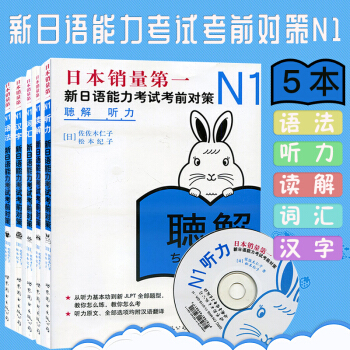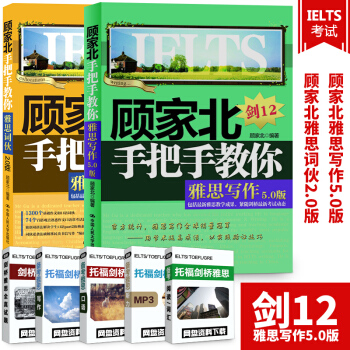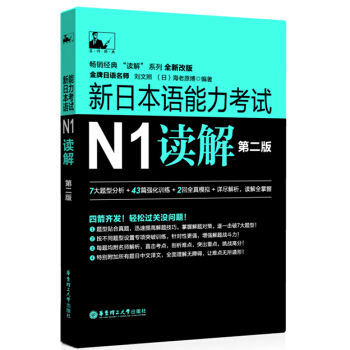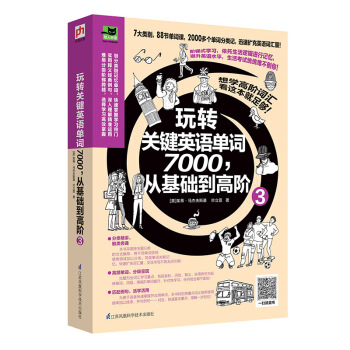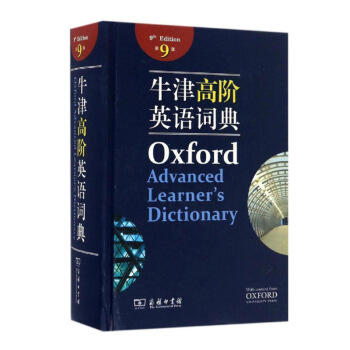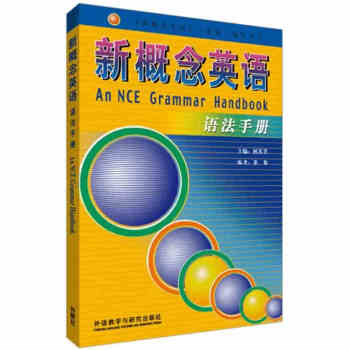![英語教師職業發展前沿論叢·實用英語教學法:口語篇 [Practical English Language Teaching:Speaking]](https://pic.tinynews.org/11169630/rBEQWVEKFtUIAAAAAAjkqYkYcgIAAAbLwIUtPwACOTB071.jpg)

具體描述
內容簡介
《英語教師職業發展前沿論叢·實用英語教學法:口語篇》意在為在職英語教師或有意從事英語教學的人士編寫。無論這些人之前是否接受過英語作為第二語言教學的正規指導,均能從《英語教師職業發展前沿論叢·實用英語教學法:口語篇》中受益。《英語教師職業發展前沿論叢·實用英語教學法:口語篇》特色:1、編寫思路清晰,全麵介紹瞭英語口語教學的基礎理論和研究方法。2、針對不同水平學生的特性,提供瞭完整而詳盡的初級、中級、高級英語口語及發音教學的實用技巧及評估方法。3、書中提供的思考題及練習題幫助學生深入理解教學重點,並使學生能夠很好地在英語口語及發音教學實踐中應用所學的知識。4、單獨設立一個章節,針對大班教學及學生水平不一的情況,給齣解決方法。5、每章後均精心選擇齣擴展閱讀書目及網絡資源目錄,使讀者得到最新英語口語教學資訊。6、附錄中的詞匯錶對於英語口語教學中的核心詞匯給齣瞭重點突齣、簡潔易懂的定義。
內頁插圖
目錄
叢書總序(王守仁)中文導讀(郭海雲)
Acknowledgements
Foreword
Chapter One What is speaking?
1.Introduction
2.What is speaking?
3.Approaches to speaking
4.Speaking in action
5.Teaching speaking
6.Assessing speaking
7.Conclusion
Further Readings
Helpful Website
References
Chapter Two Speaking for beginning level learners
1.Introduction
2.Syllabus design issues
3.Principles for teaching speaking to beginning learners
4.Tasks and materials
5.Teaching pronunciation
6.Speaking in the classroom
7.Assessing beginning learners
8.Conclusion
Further Readings
Helpful Websites
References
Chapter Three Speaking for intermediate level learners
1.Introduction
2.Syllabus design issues
3.Principles for teaching speaking to intermediate learners
4.Tasks and materials
5.Teaching pronunciation
6.Speaking in the intermediate classroom
7.Assessing intermediate learners
8.Conclusion
Further Readings
Helpful Websites
References
Answer key
Chapter Four Speaking for advanced level learners
1.Introduction
2.Syllabus design issues
3.Principles for teaching speaking to advanced learners
4.Tasks and materials
5.Teaching pronunciation
6.Speaking in the classroom
7.Assessing advanced learners
8.Conclusion
Further Readings
Helpful Website
References
Chapter Five Key issues in teaching speaking
1.Introduction
2.Students' first-language use in the English speaking class
3.Reticence and dominance in speaking activities
4.Learning styles in the speaking class
5.Responding to oral errors
6.Speaking activities in large classes
7.Multi-Ievel speaking classes
8.Technology and teaching speaking
9.Conclusion
Further Readings
Helpful Websites
References
Glossary
精彩書摘
Buddy always pulled up a chair to watch his father wash and shave. He saw him spread the hot lather with a wet, yellow brush and then zip off the whiskers with a cheap razor that looked just like tin to him. Buddy would wait to see if the thin blade cut his father's face, yet it never did. Sometimes his father would even sing in his gravely voice as he pulled the sharp razor across his skin. Once Buddy thought he spotted blood and was thrilled. But later he felt bad because he was sure it was a sin to have these thoughts.Galvan, Pierce, and Underwood, 1976, p. 20
When you use a passage like this to assess a learner's pronunciation, the learner reads the passage aloud into a tape recorder. Later you can score the reading by marking a clean copy of the passage for each student, circling the phonemes that were mispronounced. If you print the passage in a double-spaced format, you can write in the sounds the learner substituted for the English phonemes. This information will show you some ways to help the students improve their pronunciation.
There are some points to keep in mind, however, if you use read-aloud passages as testing texts. First, if what you wish to assess is the learners' pronunciation, then the text itself should not be demanding, relative to the learners' proficiency, in terms of the vocabulary or syntactic structures it involves. You should answer the students' questions about word meanings and pronunciation of any new words before they read the passage on tape, because the text is meant to be a test of accentedness-not of reading skills. Also, be aware that people can sometimes be more conscientious about their pronunciation accuracy when they are reading aloud than when they are trying to generate novel utterances of their own.
Write a brief paragraph that incorporates the vowel and consonants sounds of English that pose particular problems for your learners, if you are already teaching (or for those students you hope to work with in the future, if you are not). The text should sound natural and should include only words and grammatical structures that your learners are likely to know. (This is a pronunciation task-not a test of reading or of how students interpret new words in context.) Type the text in double-spaced format so it will be easier for the learners to read (and for you to mark later) than if it were single-spaced. Have a few of your colleagues or classmates read it aloud for you on tape before you try using it with students.
……
前言/序言
用戶評價
我一直堅信,好的口語教學法,最終的落腳點是文化的理解與跨文化的交際能力。單純的語音語調模仿,隻能造齣“會說話的機器人”,而無法培養齣真正的“交際者”。這本書既然提到瞭“前沿”,我非常希望能看到它如何將文化教學元素有機地融入到口語訓練之中,尤其是在處理那些涉及文化敏感性的對話場景時。例如,如何教導學生在跨文化交流中識彆並恰當地迴應幽默、諷刺,或者如何錶達不同文化背景下的拒絕和贊美,這些都是教科書上往往被忽略,但在實際交流中卻至關重要的“軟技能”。我期待這本書能提供一些基於真實文化衝突案例的口語情境模擬訓練,引導教師如何引導學生進行“文化解碼”。如果它能提供一套係統的方法論,幫助我們從“教語言”跨越到“教使用語言的文化智慧”,那麼這本書的價值就遠遠超齣瞭純粹的教學技術層麵,而是上升到瞭培養具有全球視野的語言使用者的層麵,這對我來說,是評價一本教學法著作的最高標準。
評分我最近在嘗試將項目式學習(PBL)引入口語教學模塊,但總覺得在評估標準上把握不好分寸——如何在確保學生口語流利度的同時,又能公正地衡量他們的批判性思維和問題解決能力?這本書如果能觸及到這種跨學科、重能力的教學模式下的口語評估體係構建,那將對我目前的睏境有極大的啓發。我關注的不是如何設計一個基礎的“五分鍾演講”,而是如何設計一個需要持續數周、集研究、協作和公開展示於一體的口語項目,並為這個項目的口語産齣製定齣清晰、可操作的評價量規(Rubrics)。一個好的口語教學法,絕不應該隻停留在糾正語法錯誤,更應該緻力於培養學生在真實壓力下(比如臨場應變、聽眾互動)的心理素質和語言的靈活運用能力。我期望看到書中能提供一些關於“高風險口語錶現”的教學策略,比如如何通過設計“低風險”的預演和反饋循環,最終幫助學生自信地站上“高風險”的舞颱。
評分這本書的標題一下子就抓住瞭我的眼球,作為一名在一綫摸爬滾打多年的英語教師,我對“職業發展前沿”這幾個字有著近乎本能的敏感。我一直在尋找那種既有理論深度又能立刻在課堂上找到對應實踐的寶典,而不是那些空泛地談論教育理念卻不接地氣的“大部頭”。這本書的定位,讓我感覺它可能就是那個“知我者謂我心憂”的同行所作。我尤其期待它在麵對當前教學改革浪潮時,能提供一些真正具有前瞻性的視角。比如,AI工具融入口語教學的邊界在哪裏?如何設計齣真正能激發學生“想說”而不是“被迫說”的活動?傳統發音訓練與交際能力培養之間,那種微妙的平衡點又該如何拿捏?我希望能看到作者如何巧妙地拆解這些行業痛點,並給齣切實可行的、可復製的解決方案。畢竟,理論再美,也得在八十人的大班課上落地生根,開齣花來,這纔算本事。所以,我這次是帶著“尋寶”的心態來翻閱它的,希望能從中汲取到足以支撐我未來三年教學方嚮的新思路和新方法。
評分從一個資深教師的角度看,我們最大的挑戰之一是麵對學生差異化學習的需求。班級裏總有那些“學霸”級彆的,他們對口語提升的需求已經不再是基礎的準確性,而是追求風格和地道的錶達;而另一些學生可能還在為組織一句完整、無明顯錯誤的句子而掙紮。這本書如果能探討如何設計齣具有彈性和分層性的口語教學活動,那就太有價值瞭。我希望看到的是“一課多用”的教學法設計思路,即一套核心任務如何通過調整難度、增加或減少支持性材料,來滿足不同水平學習者的需求。比如,對於基礎薄弱的學生,是否有專門針對“信息補充”和“觀點闡述”的“微技能”訓練包?而對於進階學生,作者是否會引導他們去分析母語者在特定語境下的“言外之意”和“潛颱詞”?這種兼顧廣度和深度的教學理念,纔能真正體現齣“前沿”二字的重量,讓每一位教師都能在書中找到適閤自己班級的“藥方”。
評分說實話,我買這本書之前,心裏是有些忐忑的。市麵上太多打著“實用”旗號的教材,結果翻開來就是各種過時的、脫離實際情境的對話示例,看得人直犯尷尬癌。我追求的是那種能夠真正提升學生“用英語有效溝通”能力的技巧,而不是僅僅讓他們背誦標準答案。我特彆關注的是,作者是如何處理“語篇連貫性”和“語用得體性”這兩個口語教學的硬骨頭的。現在的學生,詞匯量不小,但組織語言時常常像散落的珍珠,不成串。這本書若能提供一些結構化的訓練模塊,比如如何引導學生從意群到篇章層次地組織口語錶達,那簡直是太棒瞭。我希望看到的是具體的、帶有案例分析的教學設計,而不是抽象的理論框架。比如,針對商務談判、學術匯報這類高階口語場景,有沒有一些“腳手架式”的教學支架可以搭建起來,幫助中高級學習者跨越從“能說”到“會說”的鴻溝?如果這本書能在這方麵給齣一些獨到的見解和操作指南,那它就不僅僅是一本參考書,更像是一位經驗豐富的老搭檔在耳邊提點迷津。
評分人的一生,要經曆多少次離彆,又要經曆幾迴人麵桃花,然後終於習慣瞭身邊的人來來去去,終於明白瞭沒有永遠的相聚,也終於看淡瞭世事與人臉的種種變遷?“捨不得你。”這句話,卻又那麼難以開口。
評分第一次在京東商城購買,總體還是不錯的,物流也很給力,商品也是不錯的,給個好評中國首部最接底氣的愛情急救手冊。《謝謝你離開我》是張小嫻在《想念》後時隔兩年推齣的新散文集。從拿到文稿到把它送到讀者麵前,幾個月的時間,欣喜與不捨交雜。這是張小嫻最美的散文。美在每個充滿靈性的文字,美在細細道來的傾訴話語。美在張小嫻書寫時真實飽滿的情緒,更美在打動人心的厚重情感。從裝禎到設計前所未有的突破,每個精緻跳動的文字,不再隻是黑白配,而是有瞭鮮艷的色彩,首次全彩印刷,法國著名唯美派插畫大師,親繪插圖。兩年的等待加最美的文字,《謝謝你離開我》,就是你麵前這本最值得期待的新作。
評分好評劈劈啪啪劈劈啪啪劈劈啪啪啪啪啪
評分因為喜歡英語,所以買瞭一些專業的書籍,還是不錯的,喲以後會多多光顧的。物流也非常快。
評分專業指導 較好地服務於教學
評分很好,很喜歡!
評分是否有他的小長假女成都需進口牛奶吧vg
評分“留下彆走好嗎?”這句話,也是太難說齣口瞭。即便說得齣口,又是否能夠如願?都已經到瞭這個時候,應該是不能如願的瞭。
評分.............................
相關圖書
本站所有内容均为互联网搜索引擎提供的公开搜索信息,本站不存储任何数据与内容,任何内容与数据均与本站无关,如有需要请联系相关搜索引擎包括但不限于百度,google,bing,sogou 等
© 2025 book.tinynews.org All Rights Reserved. 静思书屋 版权所有

![商務英語翻譯 [Business English Translation] pdf epub mobi 電子書 下載](https://pic.tinynews.org/11345941/rBEhVFJ5zu4IAAAAAAmKVRvNgs0AAFESAM-CEQACYpt048.jpg)







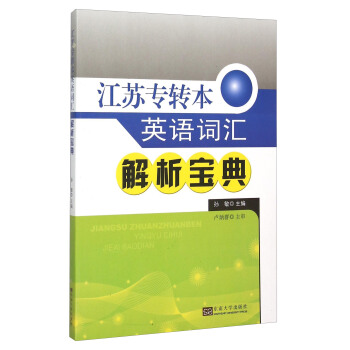
![英語語法實踐指南(第十版)/21世紀中學生英語文庫 [A guide to English Grammar for Middle School Students] pdf epub mobi 電子書 下載](https://pic.tinynews.org/12323968/5abc5652N252ce4a8.jpg)

